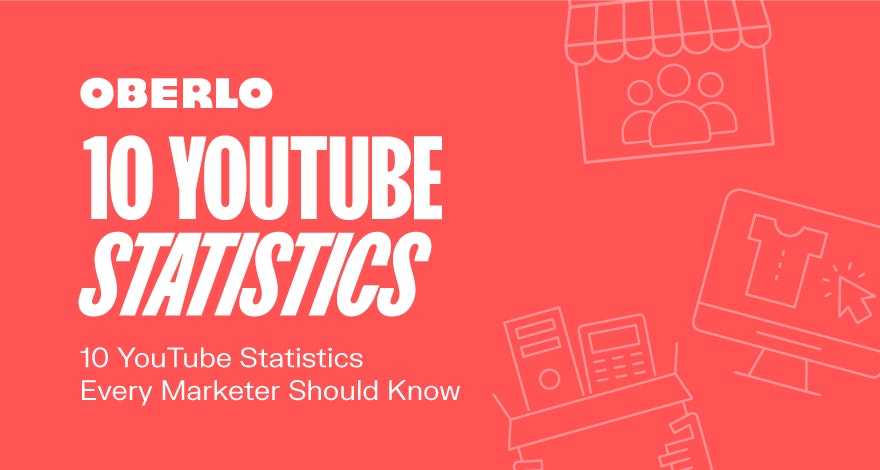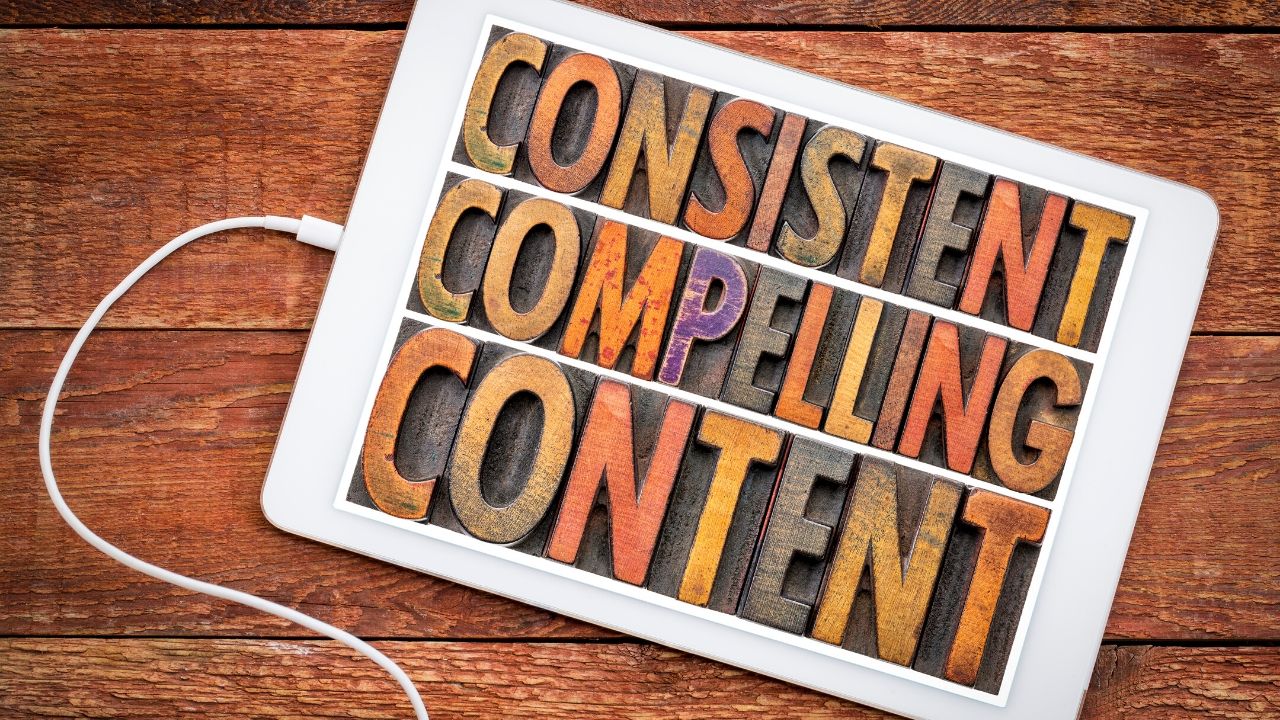
Media conversion is a process that converts analog media material into digital formats that are compatible for use in classrooms as well as online. This allows businesses to save time and money by making them more easily accessible. The media conversion process preserves valuable materials and makes them easily accessible to a wider market. Here are some advantages to media processing. Here are some of these reasons why media conversion might be something you should consider. You need to be familiar with the formats of media files and their uses if you wish to convert them into digital format.
First, it is important to understand the differences between media conversions. Ripping video files and converting them to digital format is the best way to convert them. You can use a converter to create DVDs from these sources. You can also convert DVDs into MP3s. A converter has the advantage of being cheaper than hiring an expert. These services are also not dependent on high-tech equipment.

It's easy to measure social media conversion. Twitter and Facebook, as well as other social media platforms, offer many ways for users of these platforms to express interest or engage. Consumers are now in the consideration phase of purchasing a product. This is evident by an increase in engagement. These consumers are engaged enough with your content to be in the consideration phase. When they are ready to purchase, most of them will buy. Social media conversion is a great way to increase traffic and sales.
Second, it is important to understand the product's value. The value proposition is the reason a customer will purchase your product. It's the primary factor that will determine whether someone shares your brand with others. If they find your value proposition appealing, chances are that they will share it with their friends. Remember that your value proposition is what will make a customer share your brand. When they see how it can benefit them, they are more likely to share it with others.
The media conversion channel must optimize the publishing processes. The publishing process is key to any social media campaign. Tagging users in comments and posts will increase brand awareness as well as revenue. A social media conversion funnel must be capable of handling a large volume of social media interactions. This is because people use these platforms three times more than their emails. This is why the social media platform must be optimized.

You should know all the details about media converters. Most devices can work with one type of fiber. They must also comply with the communications standard. You should choose a media converter that is the same speed as your link if speed is important. For example, you can use Ethernet to coax, but you should not use a coax to connect two different types of media.
FAQ
What length should my content marketing campaign last?
It depends on the industry and what type of product or service is being offered.
For example, if you sell shoes, you might spend one month designing a new shoe style. For example, you could launch your new product in August. You may then continue to update it throughout each year.
If you sell clothing, you may design one look for fall as well as another for spring. You want to keep your customers interested by offering something new every day.
Your goals will determine how long your content marketing program can last. For small-scale businesses, you may only need to focus on one channel. You may need multiple channels for larger companies to reach a wide audience.
Why is content marketing important?
Content marketing is more than just creating quality content. Instead, content marketing involves engaging people on an emotional level and helping them solve their problems. This requires an advanced understanding of how people interact online.
This is exactly the purpose of Content Marketing Strategy. Content Marketing Strategy provides insight into the psychology of customers to help you engage best with them.
You can also improve your conversion rates to increase profits.
You might be asking yourself why you would invest in a Content Marketing Strategy, when so many options are available.
Content Marketing Strategy is more efficient than any other type marketing.
So whether you are looking to increase brand awareness or sell products, a well executed Content Marketing Strategy is the best way to go.
How much should content marketing cost?
It all depends on how many leads are you looking to generate. Depending upon the industry, the average cost for a lead can range from $5 to $10. For example, when we first started our business, we were spending about $20 per lead. Now, we spend around $6-7 per lead.
How do you make good content?
It is important to have interesting, useful and shareable content. The best content is clear and concise. It should include a call-to action such as a link, button, or link that allows readers to signup for a free trial, find out more about a product/purchase something from your site. It's also important to include visuals in your content so that it can easily be shared across all media types.
What is it worth to hire a content strategist for your company?
A lot of agencies and freelancers can offer content creation services for reasonable prices. Some companies will pay more if they are satisfied with the level of expertise provided by the individual working on the project.
Statistics
- According to research compiled by Coschedule: Companies that publish 16+ blog posts a month get as much as 3.5x as much traffic as those that publish 0-4 posts a month. (criteo.com)
- According to the Content Marketing Institute, 70% of B2B marketers and 86% of B2C marketers surveyed use content marketing in some form or other. (criteo.com)
- According to our research, 65% of companies with very successful content marketing in 2021 ran content audits at least twice a year. (semrush.com)
- Progress indicators (0–100%) allow each team member to see how attainable each goal is and understand what remains to be accomplished. (semrush.com)
- Out of the 1,500 marketers we surveyed for our State of Content Marketing report, 78% who felt their content marketing strategy was exceptionally effective in 2021 had documented their strategy. (semrush.com)
- Measure your goals with a progress indicator of 0-100%. Make your goals collaborative and transparent (semrush.com)
- In fact, would pay more for a better customer experience, and 86% of B2B buyers would pay more. (neilpatel.com)
- This marketing strategy landed Ford a 15.4% conversion rate. (neilpatel.com)
External Links
How To
Informationgraphic creation tips to help with content marketing
Infographics can be a great way to simplify complex concepts and make it easy to understand. You should use infographics to spread the message about content marketing.
To create an infographic, Adobe Illustrator or Photoshop is required. You can use these programs to draw out different shapes and elements to represent your data, then add colors and fonts to make everything look nice. Once your design is ready, you can start uploading images from sites like Pixabay and Unsplash to insert into your design.
Look online for inspiration to create your own infographics. To show how many calories certain foods have, you can use a picture of a pyramid to illustrate this. You could also replace the numbers with images of the food. You could also look at the sugar content of soda pop, and then take a photo of a Coke bottle.
Once you have created your infographic it is possible to share it via social media channels like Facebook, Twitter and Google+. This helps people who aren't familiar with the concept learn about it. If you decide to post your infographic on social media platforms, include hashtags so others can see what you're talking about. Users can follow conversations around specific topics using hashtags.
You can make infographics shorter if your posts are short. An average blog post is between 2000 and 5000 words, while an infographic takes 500 to 1000 words. This allows you to convey more information in a smaller space.
Your infographic should be easy to read for some viewers. It is important to use large fonts and avoid relying too heavily on colors when designing your infographic. You must also ensure that your text is easily read.
Here are some other tips.
-
Use an infographic template. Many templates are available in both printable and online formats. Canva, Piktochart and Google Slides are the most used templates.
-
Your Infographic is ready. Use the template below to create your infographic. You can use any type of media that is appropriate for your audience. An example of this is a infographic that shows the best restaurants in Seattle.
-
Add Text. Add text once your infographic is created.
-
Add Images. Your infographic can also include images. These can be pictures, charts, graphs, or icons. Make sure your picture is relevant to the topic you are adding.
-
Make It Interactive. You can add interactive elements, such as maps, buttons, and links. This will allow you to engage your audience.
-
Share. When you're done, share your infographic on social media sites like Facebook, Twitter, LinkedIn, Pinterest, and Instagram.
-
Measure. Your infographic's performance. Did people click through to your website? Did they sign up for your email list? What was their reaction when you showed them your infographic
-
Improve. Is there a way to improve your infographic? Do you think your infographic could be better?
-
Repeat. Repeat.